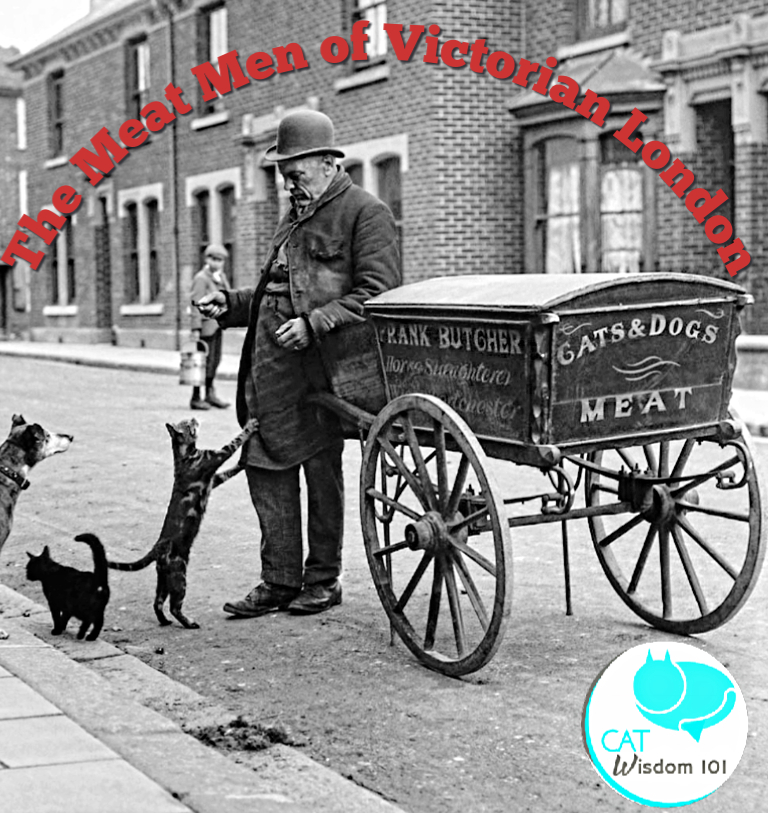
Victorian London Cats: The Surprising History of Meat Men
Feline Food For Thought:
As a cat expert who’s spent decades studying the fascinating history of human-cat relationships, I can’t help but purr with delight when sharing one of the most intriguing chapters in urban cat care: the story of Victorian London’s Cats Meat Men.
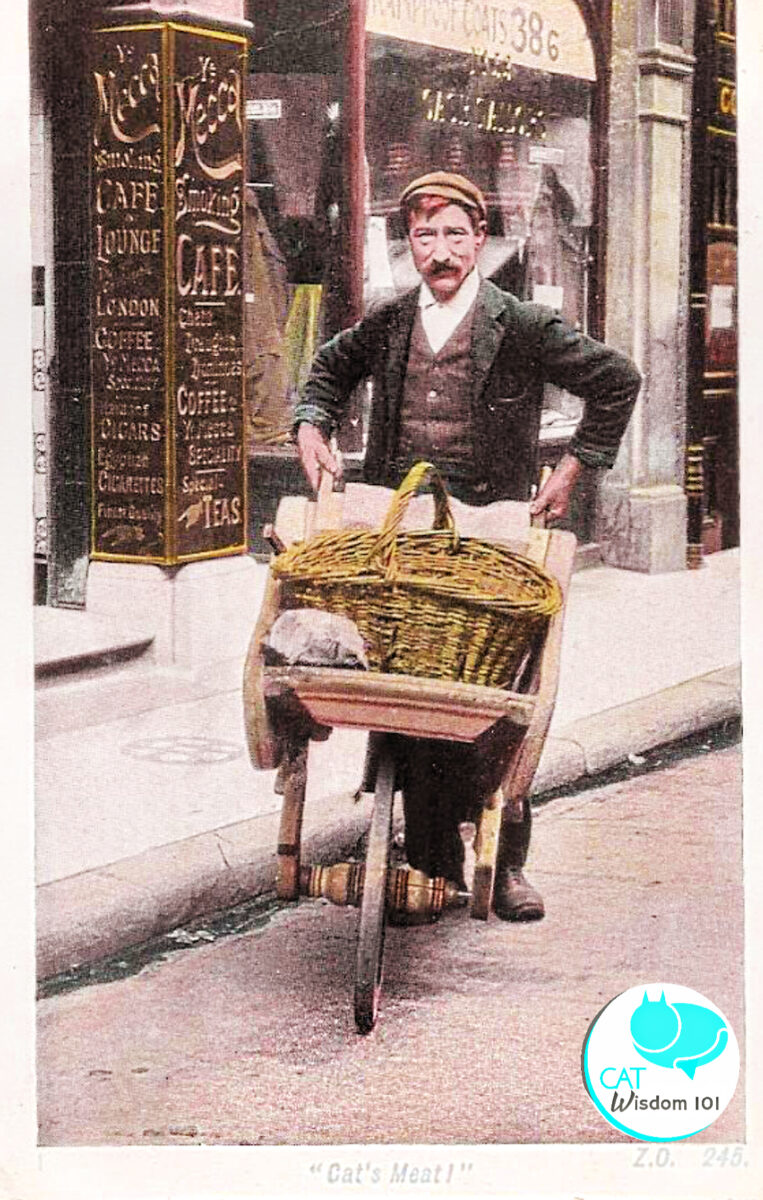
These unsung heroes of Victorian street commerce played a vital role in sustaining the city’s bustling cat population, and their tale offers a whisker-twitching glimpse into a forgotten aspect of human-feline coexistence.
Did you know that while today’s cats enjoy elevated status as cherished companions, Victorian London’s cats were primarily valued as practical pest controllers? The explosive growth of the rat population during this era – fueled by poor sanitation and the expansion of the sewer system – made cats essential urban allies. This utilitarian relationship explains why Cat’s Meat Men found such a ready market; a well-fed mouser was simply a better investment!
Every morning, as London’s fog-shrouded streets stirred to life, the distinctive cry of “Meat! Me-eat!” would echo through the cobblestone alleyways. This was the call of the Cat’s Meat Man, a familiar figure in Victorian London who served as a crucial link in the feline food chain.

These vendors, pushing their wooden carts or carrying meat-laden skewers, were as much a part of London’s street scene as the lamp-lighters and chimney sweeps.
What fascinates me most is how these entrepreneurs understood feline feeding patterns long before the advent of modern pet nutrition. The Cat’s Meat Men would arrive at roughly the same time each day, knowing that cats are creatures of strict routine.
Today’s house cats still exhibit this same clockwork precision in their feeding expectations – just ask any cat guardian who’s dared to serve breakfast five minutes late!

A delightful historical nugget: Cat’s Meat Men carried distinctive wooden containers with metal hooks for their wares, and many wore specialized aprons with leather straps that held several dozen skewers at once. Contemporary illustrations show these vendors surrounded by swarms of expectant cats – sometimes 20 or more – racing alongside their carts!
The meat these vendors sold wasn’t the prime cuts destined for human tables. Instead, they sourced horse meat from knackers’ yards, a practical solution that would make any modern sustainability advocate proud.

The meat was cut into manageable portions and sold on skewers for a penny or half-penny each. A fascinating tidbit that delights my veterinary colleagues: this practice actually provided London’s cats with a protein-rich diet that closely matched their natural nutritional needs, far better than many commercial options available until quite recently.
The scale of this feline feeding enterprise was truly remarkable. By the 1890s, London boasted over 1,000 licensed Cat’s Meat Men. My research suggests each vendor served an average of 200 households daily, meaning this network potentially fed hundreds of thousands of cats across the metropolis. The profession was so established that several families passed the business down through generations, with their regular routes becoming valuable assets that could be bought and sold.
Henry Mayhew, the celebrated chronicler of Victorian London’s street life, documented in his 1851 work “London Labour and the London Poor” that a successful Cat’s Meat Man could sell up to 60 pounds of meat daily. Factoring in inflation, today’s equivalent would be a thriving business with revenue exceeding $100,000 annually – not bad for a trade largely forgotten by history!

A particularly charming aspect of this trade was the relationship between cats and their meat men. Historical accounts describe how cats would recognize their local vendor’s call and emerge from their homes right on schedule. As someone who studies feline cognition, I find this detail especially telling – cats are indeed capable of complex associative learning, particularly when food is involved!

One remarkable account from the memoirs of writer Margaret Harkness describes a Cat’s Meat Man named Old Tom who had trained his feline customers to sit in an orderly line while he distributed their portions one by one. This early example of crowd management would impress any modern cat behaviorist, especially considering that cats are notoriously independent and rarely respond to group training techniques!
The Cat’s Meat Men also served as informal neighborhood watch figures. They knew their regular feline customers and would notice if any were missing or unwell. This role mirrors the modern understanding of community cats as indicators of neighborhood health and stability. Some vendors even maintained informal health records of their regular feline clients, predating modern veterinary care by decades.
The trade wasn’t without its challenges. The Victorian era saw the rise of the first animal welfare movements, and concerns were occasionally raised about meat quality and storage practices. However, the Cat’s Meat Men generally maintained good relationships with their customers – both human and feline – and many became trusted figures in their communities.
What particularly strikes me is how this historical practice aligned with cats’ natural feeding preferences. Modern research shows that cats prefer multiple small meals throughout the day rather than one or two large servings. The daily visits from the Cat’s Meat Man inadvertently provided a feeding schedule that matched these instinctive patterns.
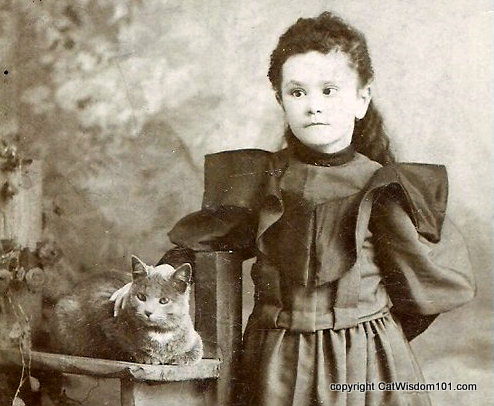
The decline of the Cat’s Meat Men came with the advent of motorized transport and commercially prepared pet foods in the early 20th century. The First World War accelerated this transition as horsemeat became scarcer and societal attitudes toward cats began to shift from purely utilitarian to more affectionate. By the 1930s, this once-thriving profession had all but disappeared from London’s streets.
The transformation in feline status since Victorian times has been nothing short of remarkable. Today’s pampered housecats enjoy scientifically formulated diets, regular veterinary care, and social media fame – a far cry from their working-class Victorian ancestors. The average UK cat owner now spends over £1,000 annually on their feline companion, compared to the few pence spent on weekly horsemeat in the 1890s.
 This shift reflects deeper societal changes. Modern research into feline behavior, cognition and emotional lives has elevated cats from mere pest controllers to complex companion animals deserving of ethical consideration and specialized care. The rise of cat cafés, cat behavior consultants, and feline-focused interior design all signal how dramatically the human-cat relationship has evolved since the days of the Cat’s Meat Men.
This shift reflects deeper societal changes. Modern research into feline behavior, cognition and emotional lives has elevated cats from mere pest controllers to complex companion animals deserving of ethical consideration and specialized care. The rise of cat cafés, cat behavior consultants, and feline-focused interior design all signal how dramatically the human-cat relationship has evolved since the days of the Cat’s Meat Men.
Yet the legacy of these Victorian vendors lives on in unexpected ways. The next time your cat comes running at the sound of a can opener or treat bag rustling, remember that this behavior is part of a long history of feline-human food rituals that once included the familiar cry of “Meat! Me-eat!” echoing through London’s streets. Even our modern concern with appropriate feline nutrition has roots in the practical wisdom of the Cat’s Meat Men, who understood that well-fed cats were healthier working animals.
This fascinating chapter in urban feline history reminds us that the special relationship between humans and cats has always involved innovative solutions to feeding our furry friends.
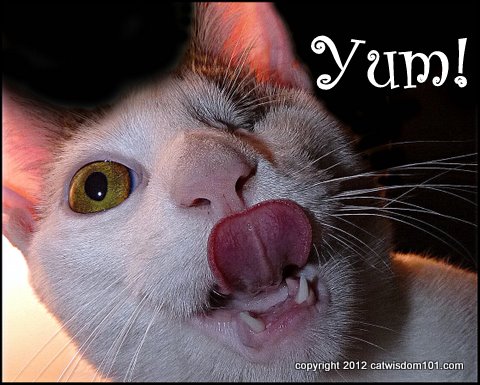
Though today’s cats may dine on premium wet food from ceramic bowls rather than horse meat on wooden skewers, the fundamental bond between humans and cats remains as strong as it was when the Cat’s Meat Men made their daily rounds.


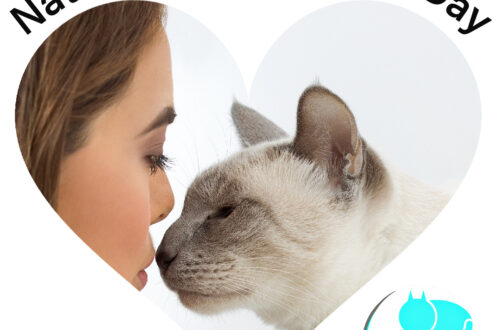
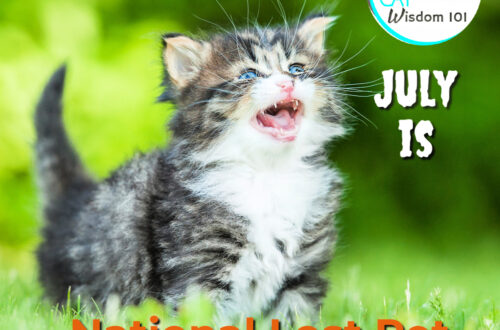
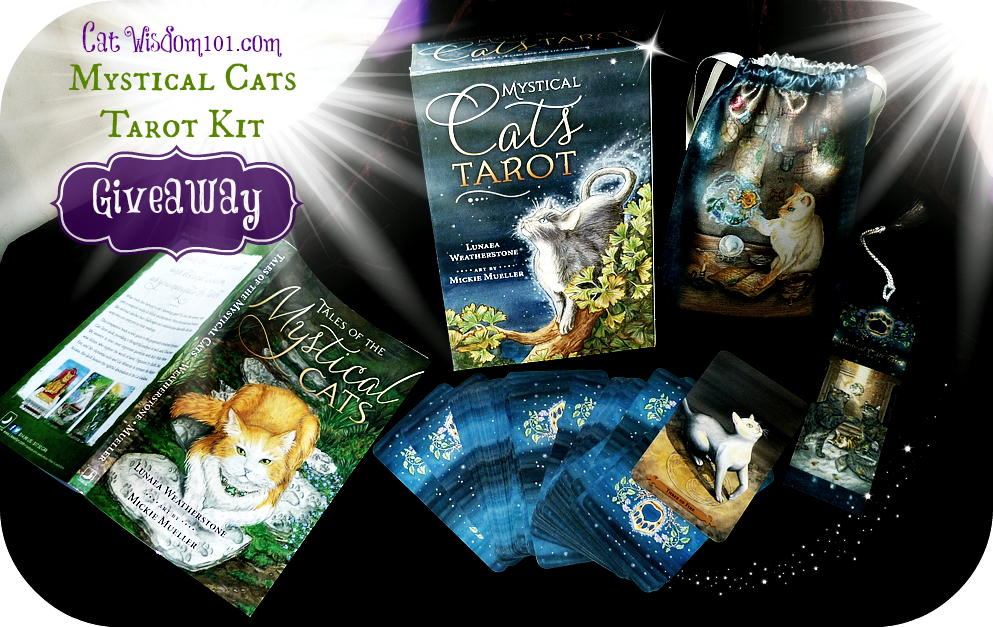
14 Comments
meowmeowmans
So fascinating! I had never heard about the Meat Men before. It’s nice to know someone was looking out for the kitties back then.
Layla Morgan Wilde
It was a business much like any other pedlar in those days.
Memories of Eric and Flynn
Thank you for this post, I found it very interesting. I have seen a painting with the cat meat man and his cart. I had assumed from the writing on it that It was cat and dog meat for humans. I am very glad I was so wrong in my assumption.
Layla Morgan Wilde
I thought that too at first. P
Meezer'sMews&TerrieristicalWoofs
What a fascinating post! Thanks for the insights into how things were back then. I wonder how the rat catching working cats in Chicago and New York fare by way of food nowadays.
Layla Morgan Wilde
Big cities still have huge feral populations, sadly.
Amy Harlib
Dimly remember reading about this years ago. Did the Cat’s Meat Men exist in other parts of urban England or only in London? When did this trade start, how far back does it go? Were they plying their trade all over Europe too?
Fascinating! Purrs and thanks!
Layla Morgan Wilde
I couldn’t find any data for other locations but the earliest record was 1815.
pete williams
I can remember a ‘Cat’s Meat man doing his weekly round in Alperton (near Wembley) when I was a three-year old tot in 1949. By all accounts, he must have been one of the last of a dying breed.
Layla Morgan Wilde
Thanks for sharing. How fascinating.
Ellen J Pilch
Interesting post. I am glad someone was helping kitties back then. XO
Layla Morgan Wilde
They weren’t doing it for free. The pet owners would pay them.
Brian's Home ~ Forever
Yikes! From the sign on his cart it looks like that sicko is selling cat and dog meat.
Layla Morgan Wilde
no, it’s horse meat for pets